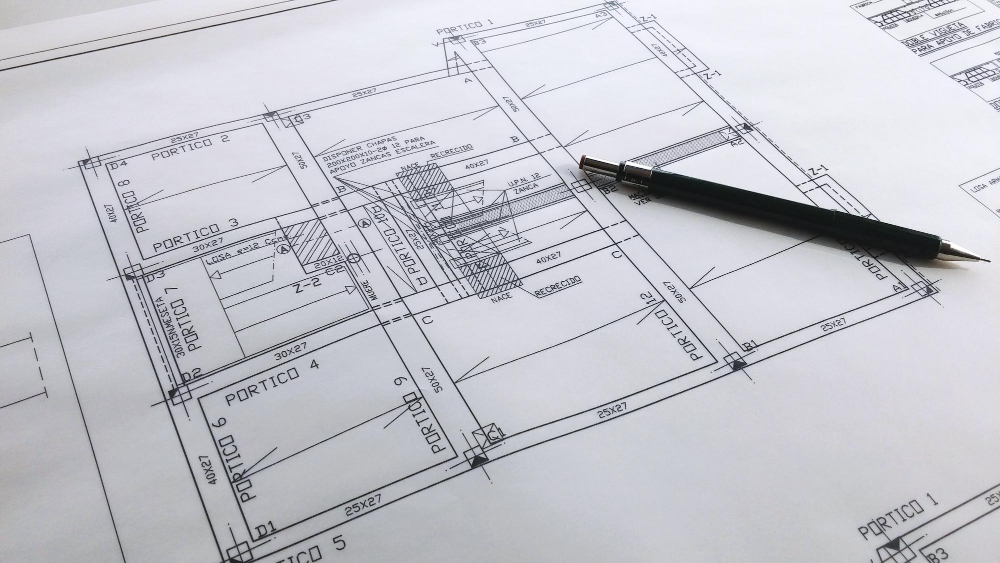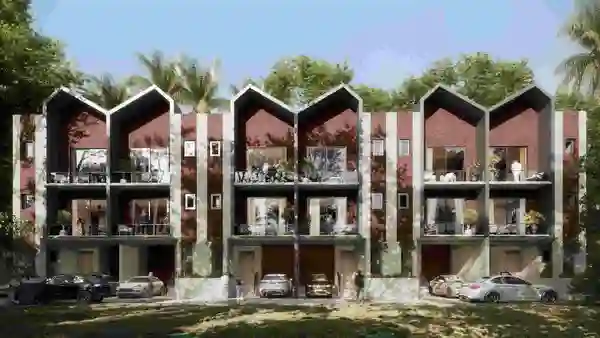Recent Post

A Step-by-Step Guide to Calculating Super Built-Up Area
Buyers often come across terms like carpet area, built-up area, and super built-up area. Only a few understand the super built-up area calculation to determine the effective pricing and value of the property. This blog will break down what is super build-up area is, provide a formula to calculate super build-up area, and a step-by-step guide approach to help you find the real estate area calculation process.
What is Super Built-Up Area?
The Super built-up area, often referred to as the saleable area, is the total area calculated by adding the built-up area of any flat or house, along with the proportional share of common amenities such as lobbies, staircases, lifts, clubhouses, and corridors. For instance, if your apartment’s built-up area is 1,000 sq. ft., and the shared area adds up to 200 sq. ft., then your super built-up area is 1,200 sq. ft.
Why is Super Built-Up Area Important in Real Estate?
The concept of super built-up area is not just a technical necessity; it directly affects the financial and practical aspects of property buying. These are the reasons for holding importance of real estate.
- Pricing Transparency: The super built-up area calculation matters because builders and developers quote prices of property based on this metric, not just the usable carpet area. Without knowing this, you might think you are paying for 1,000 sq. ft. of usable space when you are actually paying for 1,200 sq. ft., including the corridor, lift, and staircases.
- Project-to-Project Comparison: Every developer has a different way to allocate common areas. Some include major amenities like a rooftop garden, gym, or clubhouse in the super-built area, while others offer an efficient layout with minimal common space.
- Buyer Awareness and Transparency: A clear understanding of how to calculate the super build-up area empowers homebuyers with knowledge. Moreover, it built trust and reduced the chances of being misled by the unknown charges, exaggerated claims, or unclear project specifications.
How To Calculate Super Built-Up Area: A Step-by-Step Guide
- Step 1: Identify the carpet area. Let’s take an example: Carpet Area = 800 sq. ft.
- Step 2: Add the thickness of the walls (Build-up area = Carpet Area + Area of Walls + Common Area)
- Step 3: Super Built-Up Area = Built-Up Area + Proportionate Share of Common Area
- Calculation: 20% of 920 sq. ft. = 184 sq. ft.
- Super Built-Up Area = 920 + 184 = 1,104 sq. ft.
Real Estate Area Calculation With an Example
|
Area Type |
Calculation | Size (sq. ft.) |
|
Carpet Area |
– |
800 |
|
Built-Up Area |
Carpet + walls |
920 |
| Super Built-Up Area | Built-up + 20% common area |
1,104 |
Super Built-Up Area and Its Impact on Pricing
Real estate properties are typically quoted on a per-square-foot basis using the super built-up area. Now suppose the rate is Rs 6,000/sq.ft and the super built-up area is 1,104 sq.ft.; then:
Total Price = 1,104 x 6,000 = 66,24,000
Sugam Homes with Transparency and Trust
Sugam Homes calculates accurate carpet area, built-up area, and super built-up area to clear out cost breakdown and legal documentation; every detail is shared upfront, leaving no room for confusion.
- Transparency in pricing and area specification
- Timely project delivery
- More than 35 years of experience in real estate
Final Thoughts
Understanding how to calculate the super built-up area goes far beyond a simple mathematical formula—it’s about becoming a smarter, more informed property buyer. When you grasp the differences between carpet area, built-up area, and super built-up area, you gain a clearer picture of what you are truly paying for. This knowledge helps you evaluate real estate deals more accurately, compare multiple projects effectively, and avoid hidden costs or misleading claims from developers.
Looking for a home with accurate measurements?
Sugam Homes, the best real estate company in Kolkata, brings you homes backed by trust, value, and complete transparency.




